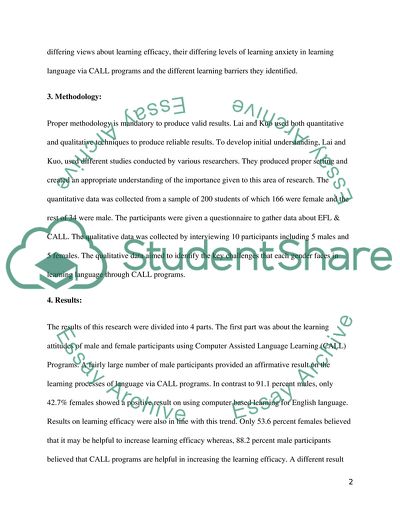Cite this document
(Gender Difference in CALL Programs for English as a Second Language Case Study, n.d.)
Gender Difference in CALL Programs for English as a Second Language Case Study. Retrieved from https://studentshare.org/gender-sexual-studies/1732215-gender-and-language
Gender Difference in CALL Programs for English as a Second Language Case Study. Retrieved from https://studentshare.org/gender-sexual-studies/1732215-gender-and-language
(Gender Difference in CALL Programs for English As a Second Language Case Study)
Gender Difference in CALL Programs for English As a Second Language Case Study. https://studentshare.org/gender-sexual-studies/1732215-gender-and-language.
Gender Difference in CALL Programs for English As a Second Language Case Study. https://studentshare.org/gender-sexual-studies/1732215-gender-and-language.
“Gender Difference in CALL Programs for English As a Second Language Case Study”. https://studentshare.org/gender-sexual-studies/1732215-gender-and-language.


